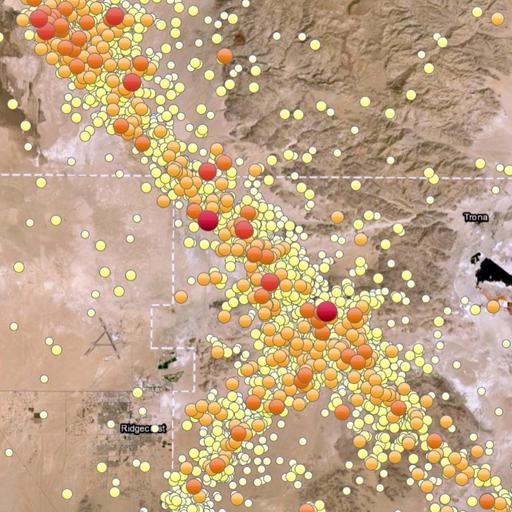
3 Jul 2025 07:58
2019 Ridgecrest Earthquake Sequence: An Independence Day California Won't Forget
On July 4, 2019, a magnitude 6.4 earthquake struck near Ridgecrest, a town in California's Mojave Desert. Thirty-four hours later, a magnitude 7.1 earthquake hit the same area – the largest to strike California in 20 years. Shaking was felt across California, Arizona, and Nevada. The earthquakes killed one person, injured 25, and caused surface ruptures stretching 30 miles with ground displacement exceeding six feet. Total damage exceeded $5.3 billion.
Learn about the impact of the Ridgecrest earthquakes and how they became a case study for understanding earthquake cascades and stress transfer between intersecting fault systems. We'll also share an important message about safety and preparedness.
⏱️ Timestamps
INTRODUCTION
00:00 – Welcome Message
00:12 – Topic Introduction
2019 EARTHQUAKE FACTS
00:30 – About Ridgecrest
01:01 – The Earthquake Sequence
01:41 – One Death and 25 Injuries
02:03 – Damage and Economic Impact
02:35 – Surface Rupture
SCIENTIFIC LESSONS
03:05 – Two Perpendicular Fault Systems
03:24 – L-Shaped Rupture Pattern
03:51 – Aftershocks
04:10 – Rethinking Seismic Hazards
OUR EXPERIENCE
04:31 – Did We Feel It?
